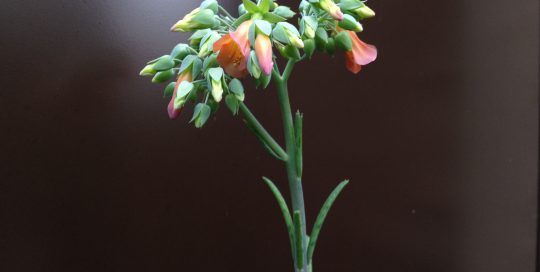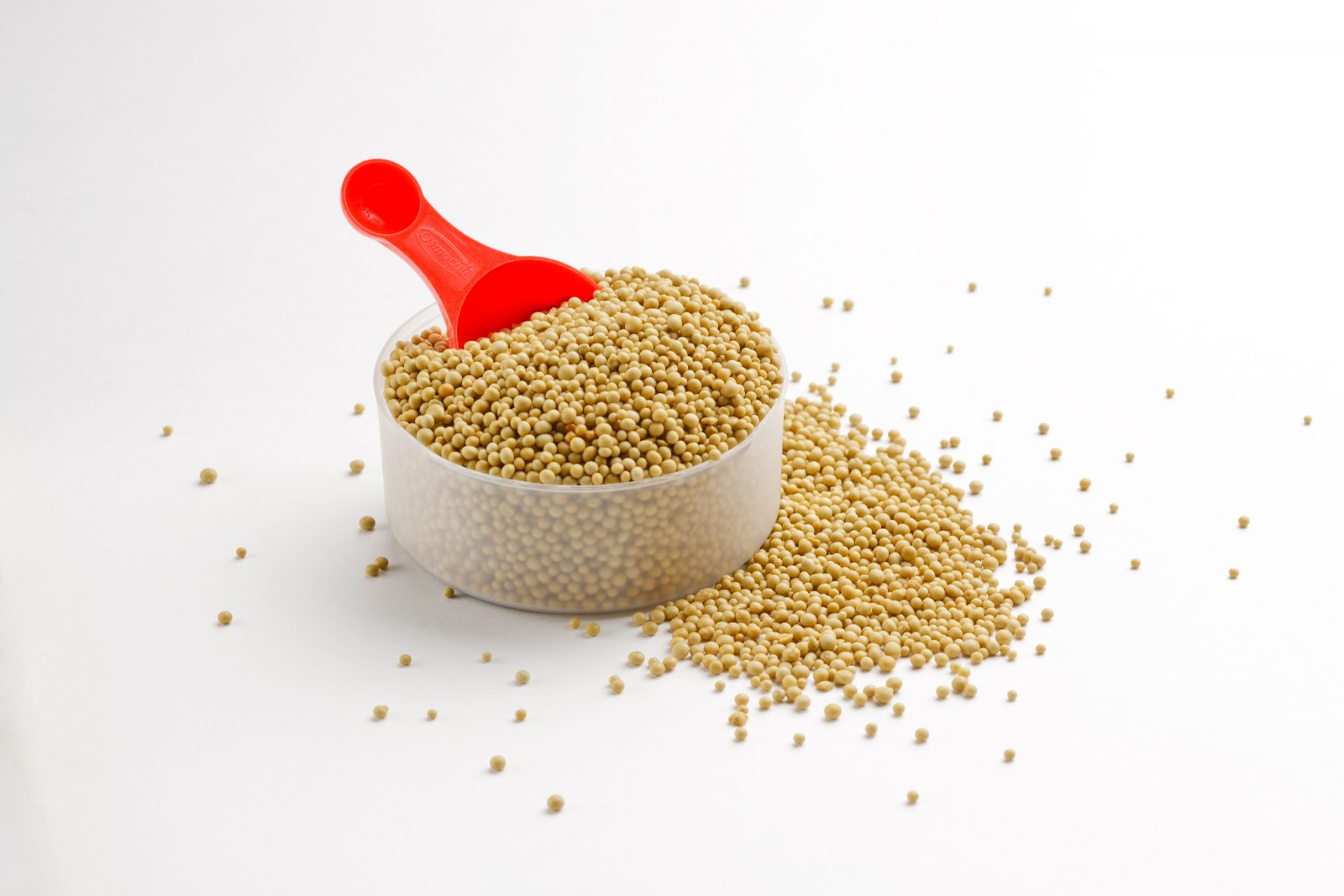Bromeliads, Explained
Views: 6973
-300x225.jpg)
The term Bromeliad can refer to any member of the family Bromeliaceae. This family includes over 3,000 species! Some of these include the pineapple and Spanish moss.
In fact, the first Bromeliad to enter recorded history was the pineapple. It was brought to Spain by none other than Christopher Columbus in 1493. It took much longer for other Bromeliad species to be brought into production. However, by the late 1700s, Guzmanias were introduced in Europe and other genera soon followed.
Types of Bromeliads
Most Bromeliads are native to South America, with Brazil boasting the greatest number of species. There are three distinct types: Terrestrial (roots in the ground), Epiphytic (roots cling to other plants or structures, also known as air plants), and Saxicolous (roots grow on or in rocks). For the purposes of this blog, I will focus on the types of Bromeliads that are more commonly found in nurseries and as interior plants today (Guzmania, Aechmea, Neoregelia, etc).
All Bromeliad foliage is arranged in a rosette pattern, with the bloom emerging almost exclusively from the center. The foliage is thick, stiff, and often brightly colored. Some varieties are also beautifully banded or spotted.
Blooming Bromeliads
Bromeliad blooms, on average, last from 3 to 6 months, making them one of the longest lasting blooms available. But having that long lasting bloom comes with a price. The mother plant will slowly die after the bloom fades. However, there is good news! The mother plant will almost always produce plantlets or pups at its base. These can be left alone to grow or transplanted once they are about a third of the size of the mother plant. The pups will likely take several years to bloom, but will be an exact replica of the mother when they do.
Care
Because they have small and shallow root systems, the surest way to mistreat a Bromeliad is to overwater it.
Use a loose, well-draining potting mix for Bromeliads, like one made for Orchids. Water once a week at the most, and the soil should never be saturated or soggy. The simplest way to avoid overwatering is to follow the number one rule for watering any plant: Always feel the soil before watering and don’t water if it feels damp.
Bromeliads will benefit from a light feeding about once a month during the growing season. Use a water soluble fertilizer at 1/4 the recommended concentration. Bromeliads are generally free from pest problems, but it never hurts to keep an eye out for insects like scale and mealybugs to keep a small infestation from turning into a big problem.
Meet Abbi Hayes
Abbi's Recent Posts

Kalanchoe delagoensis: Mother of Millions







